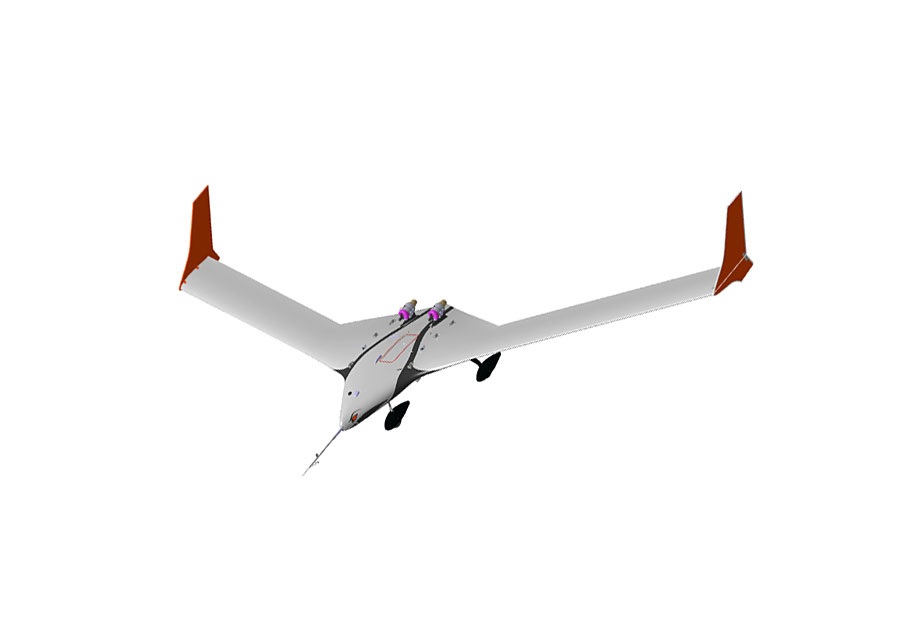NASA to Test Air Force Drone for Quiet Supersonic Flight

A new U.S. Air Force drone could help solve the sonic boom problem that has prevented supersonic airline travel from really taking off. NASA plans to see how the robotic airplane's computer can adjust to turbulence during subsonic test flights this summer.
The small X-56A drone has long, thin wings and flies slower than the speed of sound. But it can test software programs that respond automatically to uncontrollable vibrations from the force of air flowing over its flexible wings — useful knowledge for designing quieter, lighter supersonic or hypersonic airliners of tomorrow that won't rattle people or windows below.
"Flexible wings and fuselages can result in significant reductions in the structural weight of aircraft," says Gary Martin, deputy project manager for NASA's Subsonic Fixed Wing Project at NASA's Dryden Flight Research Center in Edwards, Calif.
NASA plans to oversee test flights of the Multi-Use Technology Testbed drone built by Lockheed Martin and commissioned by the Air Force Research Laboratory. The U.S. space agency will take over use of the experimental drone after the Air Force tests finish up in the fall.
The drone has a length of 7.5 feet (2 meters) and wings stretching 28 feet (8.5 meters) — bigger than any living or dead bird's wingspan. It must rely upon smart flight software to protect its long, thin wings from having problems with "flutter" vibrations and stresses from wind gusts or atmospheric turbulence.
"To maintain the long-term health of the structure and ride quality in a more flexible airplane, we need to actively alleviate gust loads on the airplane and suppress flutter, so gust load alleviation and active flutter suppression are two of the key technologies that NASA is working to advance," Martin said.
Successful flight tests this summer could lead to a better design for the proposed X-54 — a supersonic aircraft that will test technologies for muffling sonic booms. Such experimental aircraft could eventually create a future for supersonic airliners such as the retired Concorde to fly once more in the friendly, quieter skies.
Breaking space news, the latest updates on rocket launches, skywatching events and more!
This story was provided by InnovationNewsDaily, a sister site to SPACE.com. Follow InnovationNewsDaily on Twitter News_Innovation, or on Facebook.

Space.com is the premier source of space exploration, innovation and astronomy news, chronicling (and celebrating) humanity's ongoing expansion across the final frontier. Originally founded in 1999, Space.com is, and always has been, the passion of writers and editors who are space fans and also trained journalists. Our current news team consists of Editor-in-Chief Tariq Malik; Editor Hanneke Weitering, Senior Space Writer Mike Wall; Senior Writer Meghan Bartels; Senior Writer Chelsea Gohd, Senior Writer Tereza Pultarova and Staff Writer Alexander Cox, focusing on e-commerce. Senior Producer Steve Spaleta oversees our space videos, with Diana Whitcroft as our Social Media Editor.

